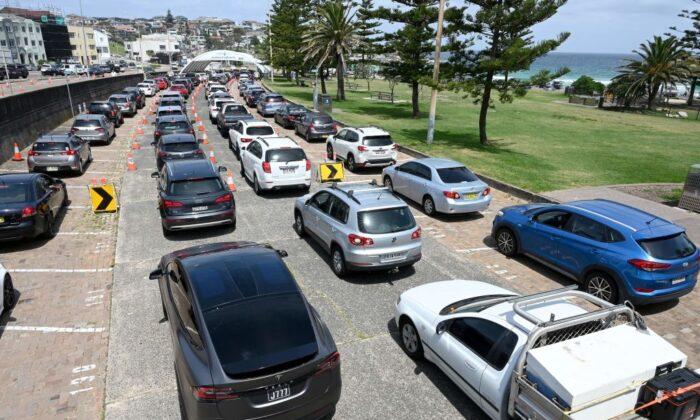Australia’s housing market ended 2024 on a downward note, with home values slipping by -0.1 percent in December. This marks a shift after a period of strong growth earlier in the year.
CoreLogic’s Home Value Index (HVI) showed that national values peaked in the first half of 2024, rising by 4.1 percent.
However, high interest rates, limited borrowing capacity, and affordability pressures slowed demand, culminating in the December drop.
The drop pulled quarterly changes into negative territory, signalling a change in market dynamics.
CoreLogic’s research director Tim Lawless noted that the December drop was expected as the market began to adjust to changing dynamics.
“This result represents the housing market catching up with the reality of market dynamics,” Lawless commented.
PropTrack Index Reflects a Broader Market Decline
While home prices had been rising for 23 consecutive months, the last month of 2024 saw a slight dip, with the PropTrack Home Price Index also reporting a December drop of 0.17 percent drop.The national median home price fell by $5,000 to $795,000.
Six of the eight capital cities experienced declines, with Canberra and Melbourne seeing the sharpest drops.
Interestingly, Perth bucked the downward trend, recording a 0.39 percent increase in home prices.
Despite the December dip, national home prices remained 4.73 percent higher than the previous year, reflecting continued resilience in the housing market.
However, the slowdown in price increases is attributed to less competitive buying conditions and a higher number of homes available for sale, particularly during the traditionally quieter period of the holiday season.
Regional Markets Resilient, Capitals Struggle
Despite the recent dip, home values remain 45.1 percent higher than prep-pandemic levels in March 2020.The housing market’s resilience amid challenges such as high interest rates and affordability constraints suggests a complex, yet steady path ahead for the Australian housing sector.
Regional markets outperformed capital cities, with values up 6.0 percent over the year.
Western Australia, South Australia, and Queensland led regional growth, contributing to a 4.5 percent rise across regional markets, compared to the capital cities.
However, regional Victoria and the Northern Territory saw declines of -2.7 percent and -4.7 percent, respectively.
Amongst capital cities, Perth continued to outperform, rising 19.1 percent in 2024, though growth slowed from a peak of 24.7 percent in July.
Adelaide and Brisbane also posted strong annual growth but experienced deceleration in the latter half of the year.
“Extremely low advertised stock levels have continued to support strong growth conditions across Adelaide,” Lawless explained, noting that Perth’s value growth has slowed due to an increase in supply, providing buyers with more choice.







